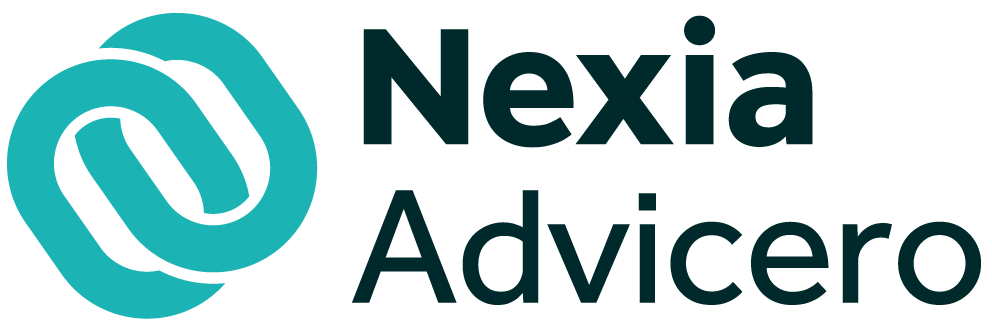SLIM VAT 3, which is another VAT simplification package, according to the current draft law of 30 March 2023, is expected to come into force not on 1 April 2023 (as it was postponed from 1 January), but on 1 July 2023 – unless legislative work is delayed again. Another of the changes involves a renewed reference to intra-Community acquisitions of goods. In the current draft, it was decided to further clarify the issue, which has already been changed in part through the previous amendment package – SLIM VAT 2.
Intra-Community acquisition of goods
Under current law, the right to deduct input tax from ICA arises in the settlement for the period in which tax liability arose with respect to the acquired goods. In addition, it is also conditioned by the fact that the taxpayer receives an invoice documenting such a transaction within three months from the end of the month in which the tax obligation arose with respect to the acquired goods, and that the amount of output VAT from ICA is included in JPK_V7.
If the above 3-month deadline is not met, the taxpayer is obliged to appropriately reduce the previously deducted VAT by the amount of input tax in the settlement for the period in which the deadline expired (according to Article 86 paragraph 10g). This will result in a periodic increase in the VAT due for payment.
The taxpayer, of course, has the option to re-report the input tax on ICA in the event of later receipt of an invoice (in the month of receipt), e.g. after 6 months. Then he can also adjust the previously reported tax for the period in which he reported the VAT due on the ICA transaction (for the month in which the seller’s tax liability arose).
What has been proposed in SLIM VAT 3?
However, the CJEU disagreed with the above rules (Case C-895/19 (A), which, by the way, was obvious to all specialists from the moment these regulations were enacted, and only the Ministry of Finance refused to acknowledge it. According to the judgment, the right to deduct is exercisable, as a rule, in the same period in which it arose, i.e. when the tax became due.
Therefore, the taxpayer has the right to deduct input tax on ICA in the accounting period in which he declared tax due on ICA.
If a taxpayer is obliged to deduct input tax temporarily (i.e., until an invoice is obtained) 3 months after declaring ICA, this may firstly raise questions about compliance with the principle of tax neutrality.
Secondly, it may induce taxpayers to declare output tax on ICA after the deadline, i.e. only when the taxpayer obtains an invoice, by correcting the relevant tax return.
Thus, the proposed changes involve abandoning the need to have an invoice for ICA, thus it will no longer be a formal condition for tax deduction. Input tax and output tax on ICA will be accounted for in the same accounting period, and VAT itself will be neutral for the taxpayer, as is provided for in one of the basic design principles of VAT. As a result, taxpayers will finally not be forced to constantly monitor whether the 3-month deadline for receiving an invoice has been exceeded. This change is therefore very beneficial for taxpayers who usually settled VAT transactions without an invoice – on the fifteenth day of the month following the month of delivery.
***
The above article is already the next part of the series summarizing the changes proposed through SLIM VAT 3. We invite you to read the previous articles on this subject. Currently, the draft law is at the stage of the Public Finance Committee’s report after the first reading at the Sejm, and the legislative process can be followed at the -> here <-

